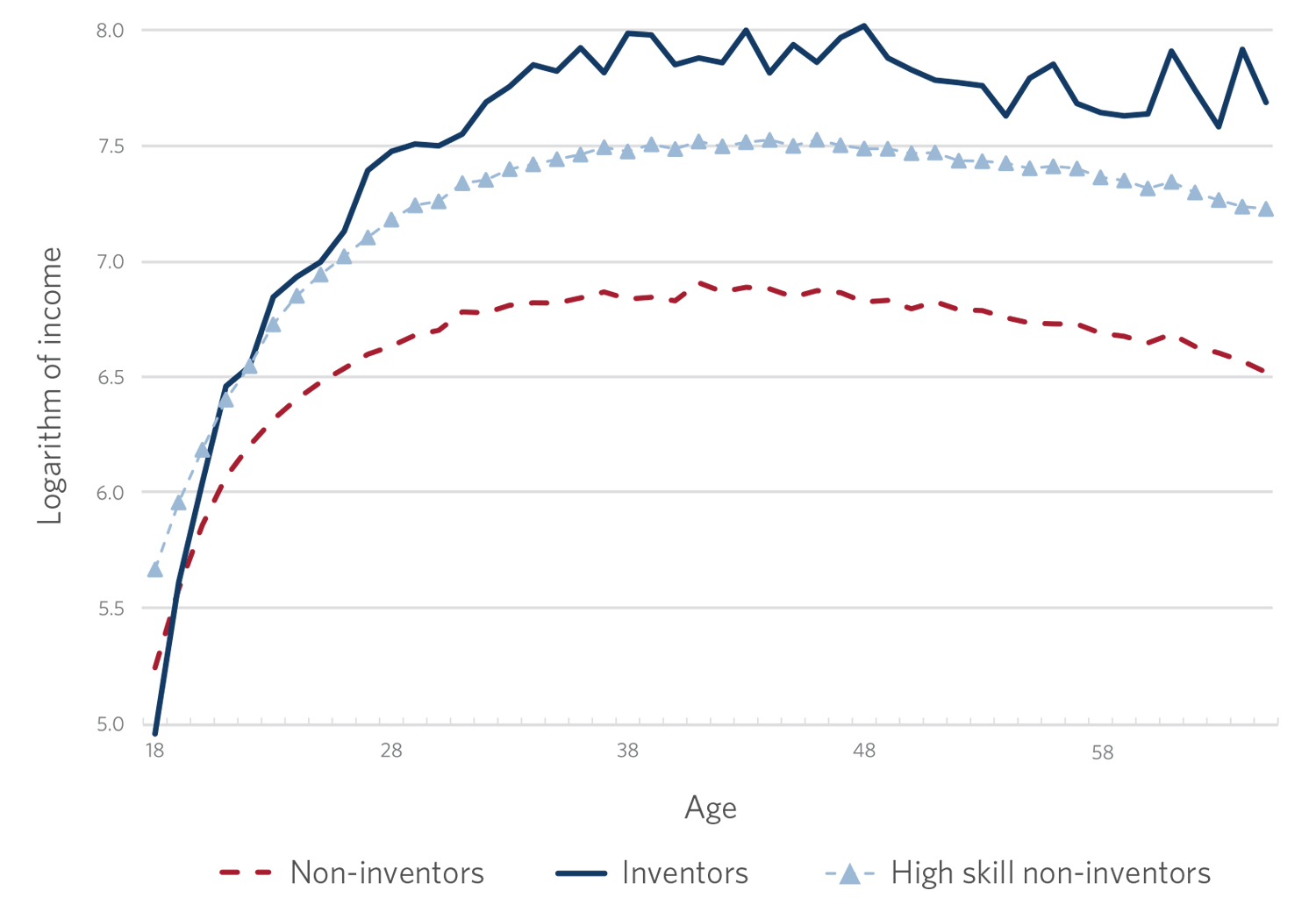Report to Congress pursuant to P.L. 115-273, the SUCCESS Act
October 2019
Read the report
SUCCESS Act webpage
The USPTO prepared this report in response to the Study of Underrepresented Classes Chasing Engineering and Science Success (SUCCESS) Act of 2018 (P.L. 115-273). The law required the director of the USPTO, in consultation with the Small Business Administration, to identify publicly available data on the number of patents annually applied for and obtained by women, minorities, and veterans and the benefits of increasing the number of patents applied for and obtained by these groups and the small businesses they own. It also required the USPTO to provide legislative recommendations on how to encourage and increase the participation by these groups as inventor-patentees and entrepreneurs.
A review of literature and data sources conducted by the USPTO found that there is a limited amount of publicly available information regarding the participation rates of women, minorities, and veterans in the patent system. The bulk of the existing literature focuses on women, with a very small number of studies focused on minorities, and only some qualitative historical information on U.S. veteran inventor-patentees. It also found that inventors who apply for and receive a patent may experience a wide range of personal benefits, including heightened prestige, increased income, promotions, new job opportunities, and increased professional networks.
Akcigit et al. (2017) match inventor-patentees to historical Census data to study the relationship between age, patenting, and income. They find that inventor-patentees have higher incomes. Importantly, the relationship persists even after removing the influence of occupation, migrant status, and a variety of other characteristics. The figure above plots the lifetime earning profiles for inventor-patentees, high-skill non-inventors, and other non-inventors. Starting after age 25, wages for inventor-patentees (solid line) are always greater than wages for non-inventors and high skilled non-inventors, with a smaller wage gap for high skilled non-inventors.
Additional information documented by the USPTO on the participation of women, minorities, and veterans as inventor-patentees is available in the SUCCESS Act Study.


